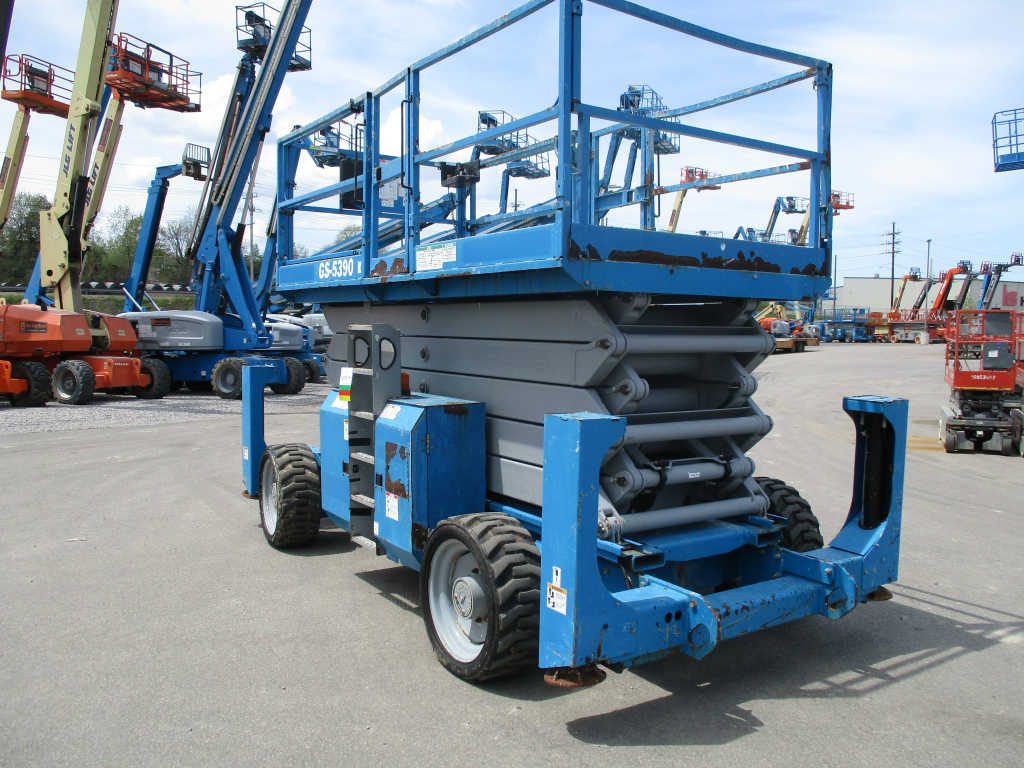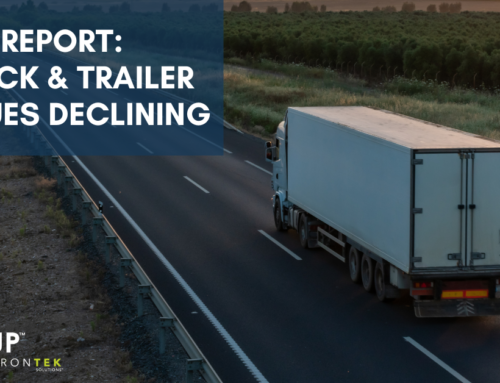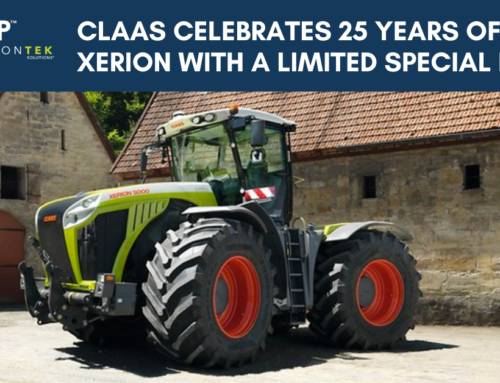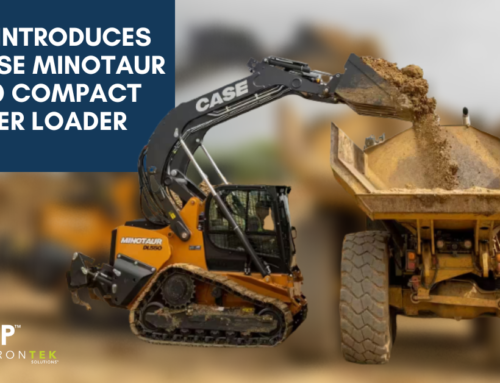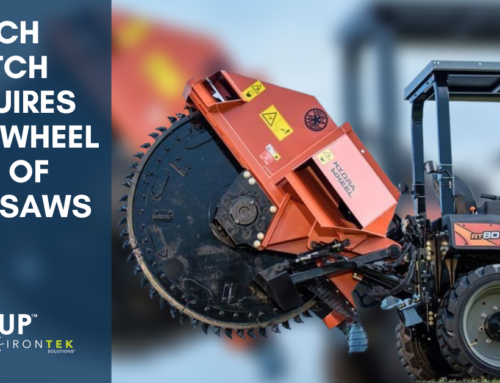What to look for, what to ignore
Need to purchase a machine to finish one or more construction projects? Or, are you looking to grow your equipment fleet? If so, there are four major things you should check when buying aerial equipment – and one surprising thing to ignore.
Buying used aerial equipment
Once you have determined that your job requires a new machine, and you think you know the type of machine – think boom lift, scissor lift, telehandler, warehouse forklift, or compact loader — there are many questions that need to be answered to narrow your search down to the one machine that’s right. Inspecting equipment online has gotten easier, as has buying and selling construction equipment. Knowing a surprisingly few key details when purchasing used equipment can help you avoid repair costs
Here are the four main details you should review as you consider your next piece of equipment:
- Hours
- Tire type and condition
- Is it welder-ready?
- Buying a rough-terrain scissor? Does your unit come with outriggers?
Hours
Not surprisingly, machines with lower operating hours are more desirable than high-hour used machines. Lower hours should mean lower maintenance costs. Many equipment dealers advertise “late-model, low-hour” machines.It’s the second part of that pitch – the lower-hours — that should catch your eye when looking for a suitable machine.
That being said, just because a machine has high-hours, doesn’t mean that you should not consider it for your fleet. With an up-to-date service history, OEM undercarriage, a clean cab and a quality paint job, even a high-hour machine can get the job done at an affordable price. Check out Construction Equipment’s guide for more ways to evaluate a high-hour used machine.
Tire type and condition
Buying a machine through the internet? One thing that photos – either online in a slideshow like on buyfleetnow.com, or emailed to you as attachments — can show you is the appearance of the tires. Look for cuts, peeling or other damage to the sidewall. These are obvious signs of wear.
Heavy machinery often can have bias or radial tires – you need to know your work application to know which type is right. Radial tires are typically more expensive up front but cheaper to operate in the long-term. Aerial lifts typically have air-filled, foam-filled or solid rubber tires. Foam tires last longer than air-filled and are typically better for most job sites. But, they are heavier and can be harder on rims and wheel bearings.
Is it welder-ready?
When considering used aerial lifts, knowing what features your Mobile Elevated Work Platform is outfitted with can help you decide among many choices. JLG machines with SkyWelder Welder Boom lift packages or Genie lifts with Lift Power can be welder-equiped or welder-ready – cutting down on the need to have a stand-alone welder and power supply.
Are there outriggers?
Rough Terrain Scissor lift shoppers should find out if the machines they are considering have outriggers. Ask if “outrigger capabilities” means that the machine has outriggers or if it merely can accept outriggers – if you happen to have the proper ones already. If equipped with outriggers, are they visible in photos or videos from your seller? When were they inspected last? Can the outriggers auto-level the lift?
Ignore this when buying heavy equipment
And, here is one detail you can ignore when buying used aerial equipment: The model year.
Yes, some manufacturers offer a warranty for machines that are less than 12-months old. These machines offer peace of mind knowing that you can go back to the original source and get help if something isn’t right.
At this point in your construction equipment search, you know the machine’s hours, tire condition, and features. And, if your machine’s maintenance history has been vetted by a third party like FleetNow — the model year can be irrelevant. If it works for your job and fits within your budget, buying a well-maintained machine is not dependent on model year.

